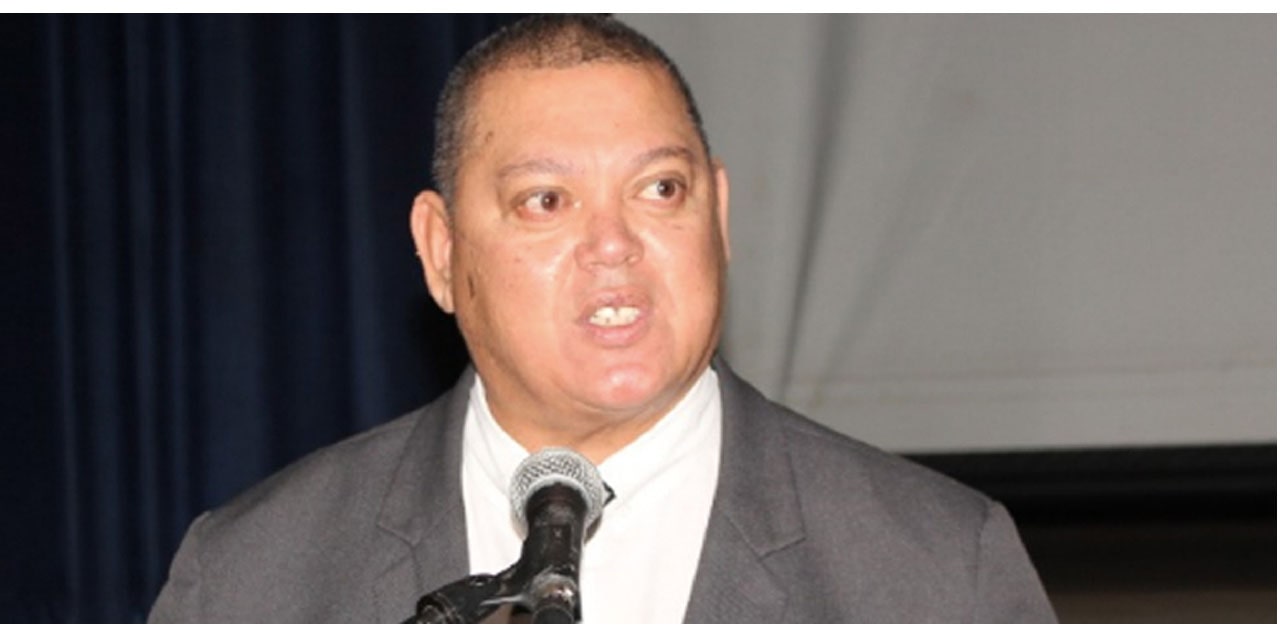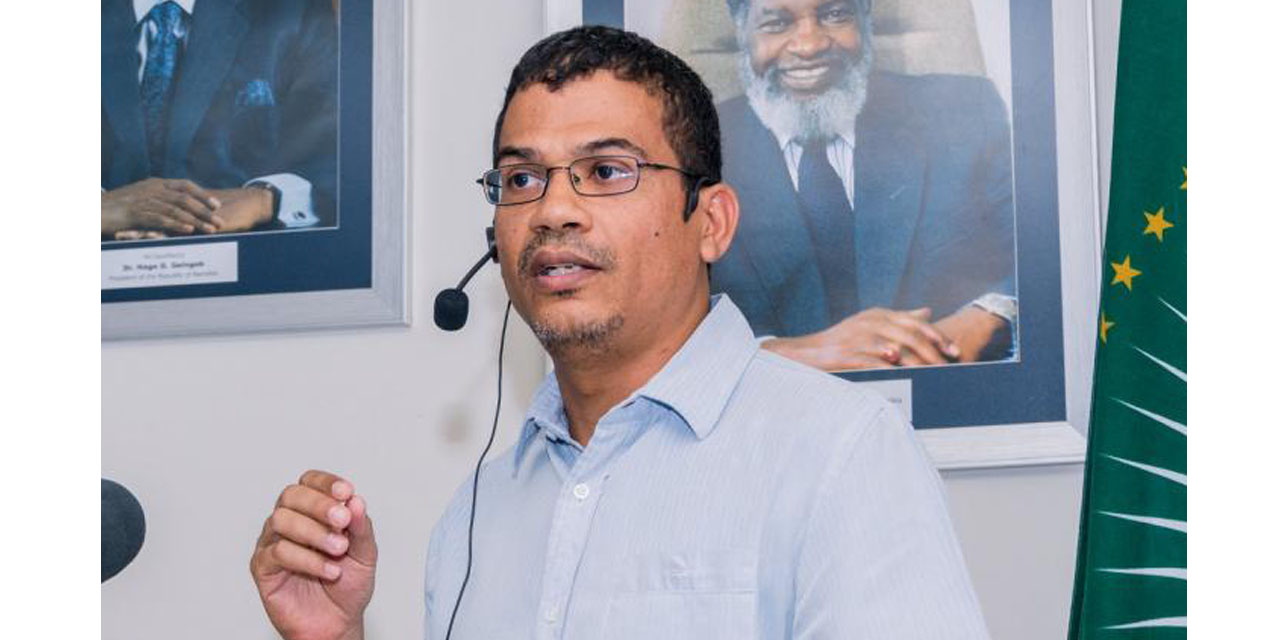Niël Terblanché
A process to allow fishing vessels to catch horse mackerel within the 200-metre isobar restricted zone as an experiment has commenced, after the Namibian Cabinet issued a directive in this regard.
If found to be scientifically viable to harvest horse mackerel within the species’ spawning zone, the experiment will offer a lifeline to fishing companies geared to land wet fish for shore-based processing.
The Namibian fishing industry and related industries once employed more than 15 000 people but the moratorium on the harvesting of pilchards along with delays with the implementation of a new system by which quotas are allocated to fishing companies has seen a significant reduction in the shore-based processing workforce over the past two to three years.
This while various Namibian economic development plans in an effort to address abject poverty in which people live have implored the fishing industry to increase the number of shore-based employees.
Derek Klazen, the Minister of Fisheries and Marine Resources however said the target of 70 percent shore-based processing with wet landed fish, is difficult to reach.
Klazen confirmed that various meetings between the industry and the fisheries Ministry have been held to discuss experimental fishing in the restricted area of 200-metre isobar.
“The wet landed side of the fishing industry was badly affected last season and we somehow must find a way to avoid losing even more jobs,” the minister said.
In September 2022 the Wet Landed Horse Mackerel Association (WLHMA) sought an intervention from Cabinet which would allow its members to fish in the restricted area.
In its letter to Cabinet, the association indicated that the jobs of 1 300 people are at risk.
At the time, the Chairperson of the WLHMA, Jason Angala, sought immediate relief to rescue the shore-based processing industry, which mainly employs women.
Angala said that the new directive from Cabinet has given the shore-based processing operators hope.
“At this stage, we can only hope that the negotiation process between the Ministry and the industry will have a positive outcome for the wet landed processing sector of the fishing industry,” Angala said.
If the harvesting of horse mackerel within the restricted zone is at all permitted, only pelagic trawlers that are equipped with refrigerated sea water (RSW) hold systems will be allowed to do so. No freezer trawlers and the companies that own these vessels will be allowed to harvest the species within the restricted zone.
The majority of horse mackerel in Namibian waters is harvested by large freezer trawlers, that are able to trawl 24 hours a day with large nets on scattered fish, while the RSW trawlers are only able to target shoals of horse mackerel that unfortunately migrate during the winter months.
Large shoals of horse mackerel migrate closer to shore because of the drop in water temperature in winter.
The freezer trawler sector of the fishing industry only employs 400 fishermen on its vessels, despite having the biggest portion of the 330 000 metric ton annual quota.
The Chairman of the Confederation of Namibian Fishing Association (CNFA), Matti Amukwa, however, opposes the initiative to harvest within the 200m restricted zone because the industry plays a huge role in food security. “I am strongly opposed to fishing within the 200-meter isobar area because restrictions were introduced for scientific reasons. The shallow waters are the spawning grounds for most of the commercial species in Namibia,” he said.
Apart from being the spawning ground for horse mackerel, the restricted area is also the nursery ground for many other fish species that have to grow to a size where they will be able to eventually migrate into deeper waters.
Amukwa was of the opinion that the opening of the restricted fishing area within the 200-metre isobar limit, will set a dangerous precedent, regardless of the short period.




